“After all, Riley is 11 now; what could happen?”
Eleven-year-old Riley has so far had a happy childhood, growing up under the care of loving parents. But the advent of adolescence and Riley being uprooted from her familiar life in the Midwest to the relatively chaotic San Francisco shows that growing up can be a bumpy ride. Perhaps Riley’s emotions can help her go through this rough transition phase in life. Peter Docter’s “Inside Out” (2015) is a surreal tale that literally guides us into Riley’s headspace as we see her emotions – Joy, Sadness, Anger, Fear, and Disgust – at work. At this point in Riley’s life, Joy leads the pack. She makes sure Riley is having a good time and tries to end her day on a good note. Anger, Disgust, and Fear stick around but never take charge. The kid is driven by joy, and so Joy is in charge here.
Sadness keeps it low and minds her own business. After all, what could possibly a feeling as depressing as sadness have to do with an 11-year-old kid? Collectively, they all make sure that Riley is filled with ‘joy.’ Life is full of surprises, but surprises aren’t always happy and joyful. Some of them are driven by sadness. They try to suppress it, but it isn’t really possible to suppress a feeling, is it? In an attempt to not let Sadness take over, both Joy and Sadness end up getting cast away from Riley’s Head and are lost somewhere in her subconscious, where they cannot access Riley’s activities.
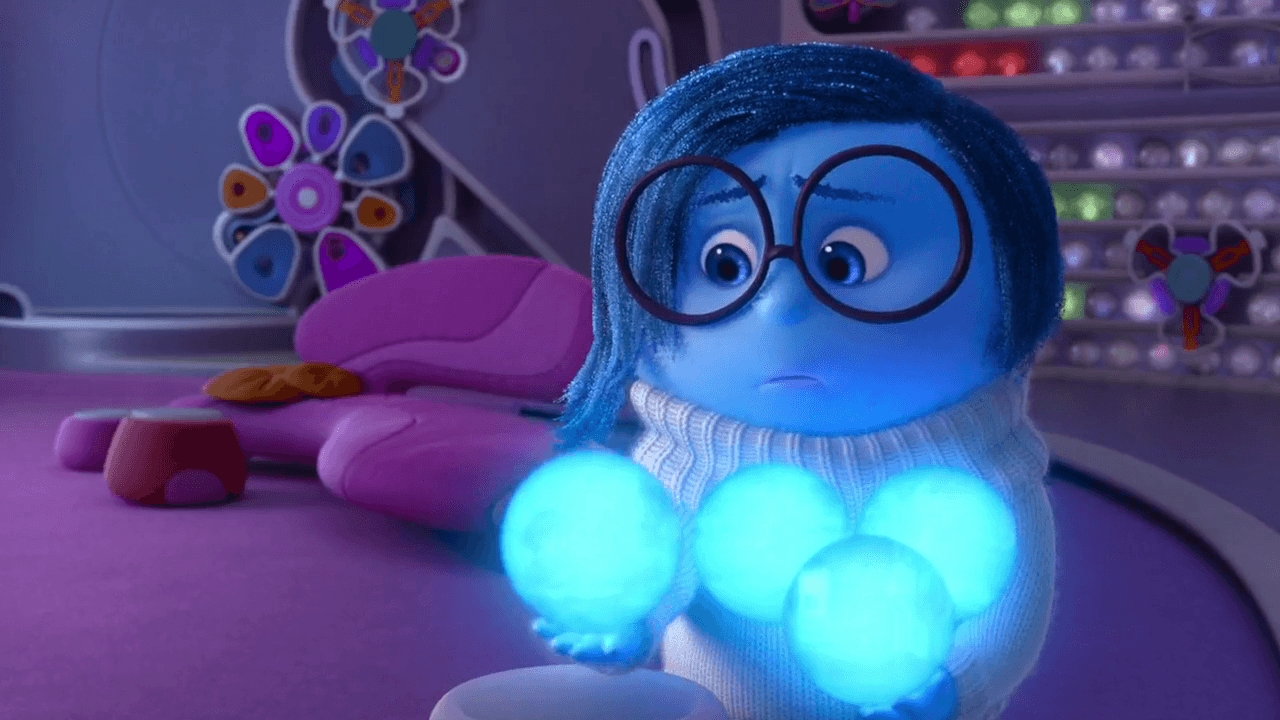
Joy and Sadness embark on a journey back home [or headquarters, as they say] to inject life into Riley again because without Joy, she can never be happy again. It is in this journey that Joy realizes the importance of the presence of Sadness in one’s life. The subplot of characters getting away and needing to return to where they belong also reminded me of “Finding Nemo” and “Toy Story.” It is a rousing Pixar trademark.
Sadness, like Joy, needs to be in your life. Only it took 12 years for Joy and the other friendlier feelings to understand that. At exactly the kind of age you expect a kid to understand the wiser things in life. Joy is a kid here. Sadness, on the other hand, is the grieving old adult, but it is mature, wise, and patient. And only when Joy embraces Sadness can we have the ‘Tears of Happiness.’ After all, embracing our pain is what makes us human.
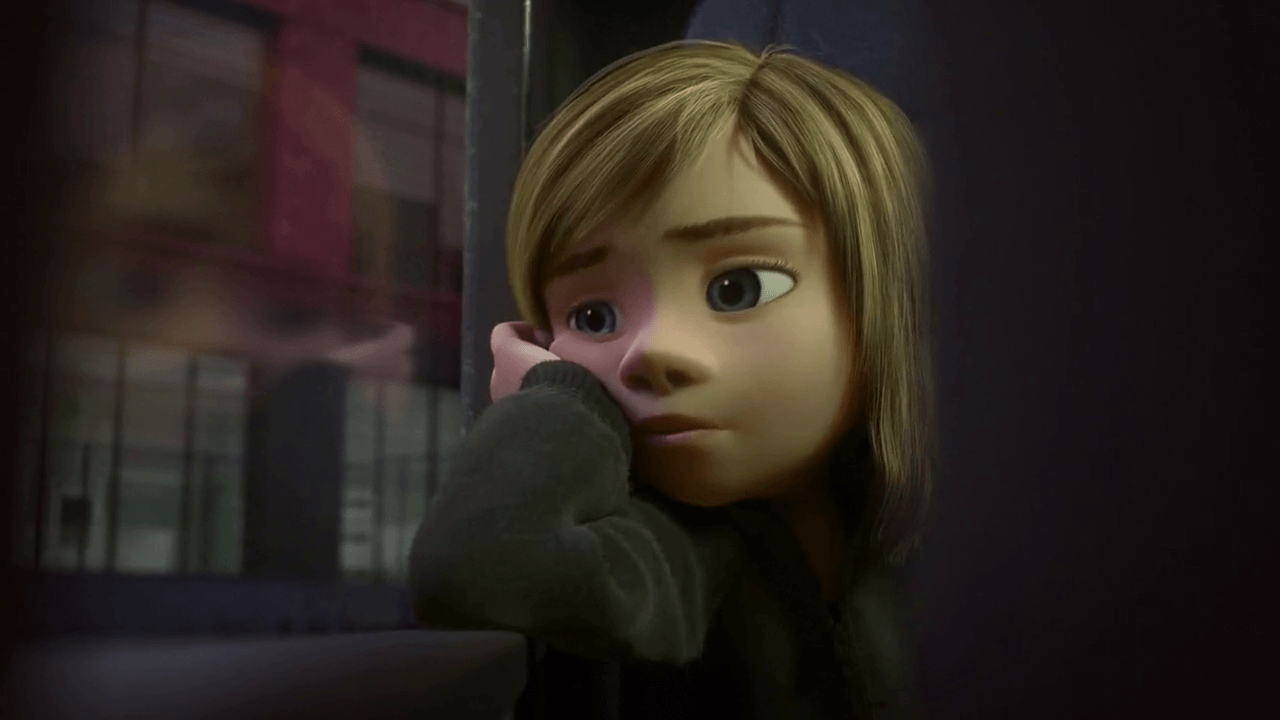
“Inside Out” is definitely not a film for little kids, and its target audience is probably smart and thoughtful adults. I’d call it an enlightening experience but harsh for kids [little kids] because it gives you the hard truth about sadness in life. You just don’t get sad by accident, you need to be sad. I am not a great fan of Pixar; I often find their films technically brilliant but very clinical if we talk about how they portray emotions, but “Inside Out” is nothing like that. The film’s major achievement is how emotionally relevant this film truly is. It is Pixar’s best film since “Ratatouille.





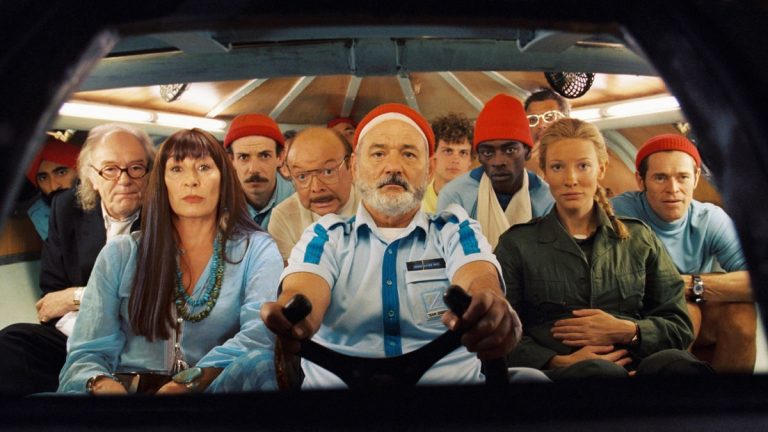
![Honeymood [2021]: ‘Tribeca Review – Whimsical post-marriage comedy fails to stick the landing](https://79468c92.delivery.rocketcdn.me/wp-content/uploads/2021/06/Honeymood-1-highonfilms-768x432.png)
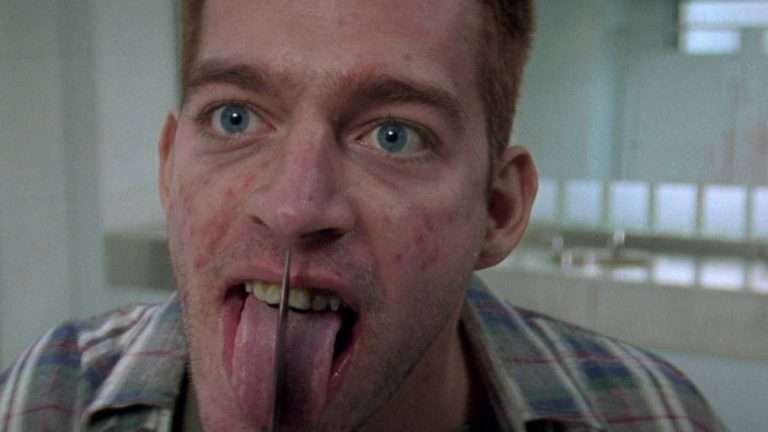
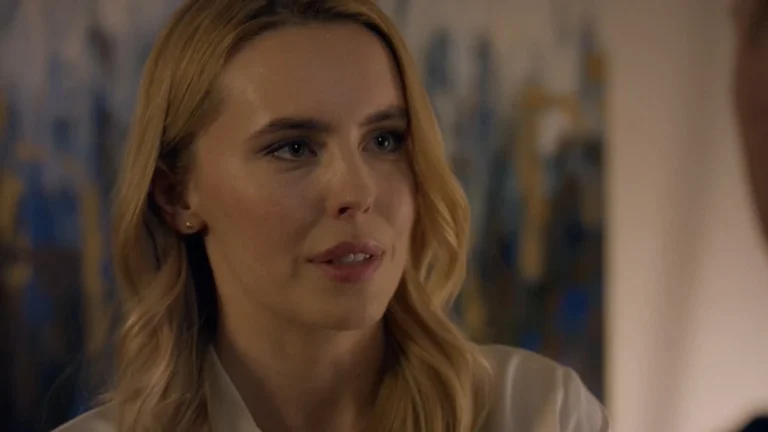
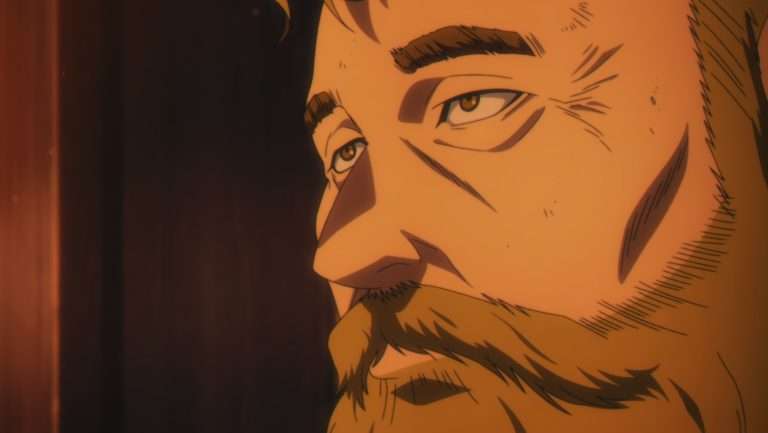
I read the review after watching the movie and how spot on you are! Unless one experiences movie, how can one enjoy the charm of happiness. I loved how you reviewed it without giving out the spoiler.